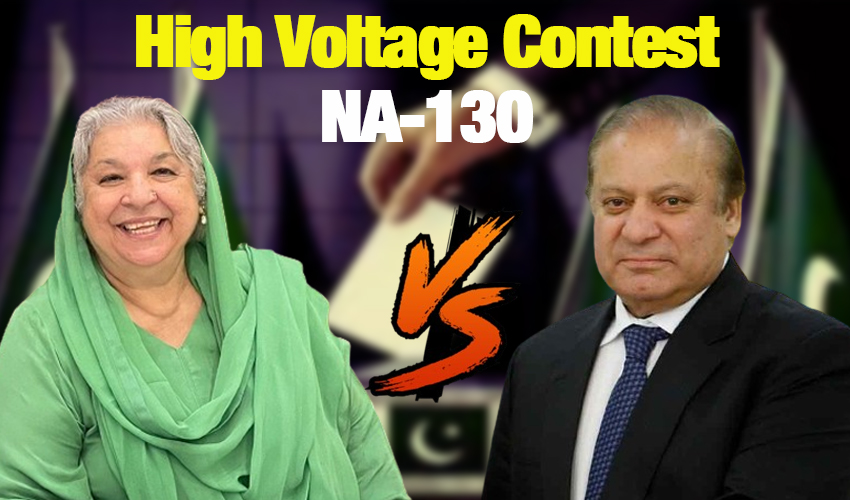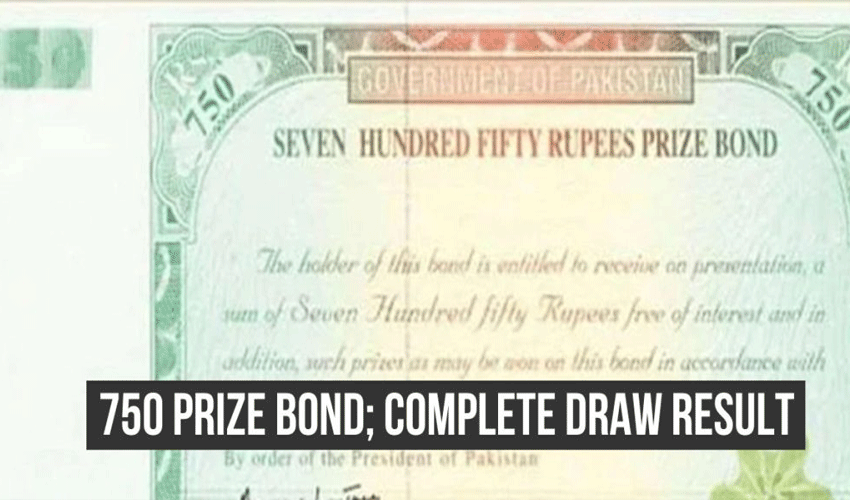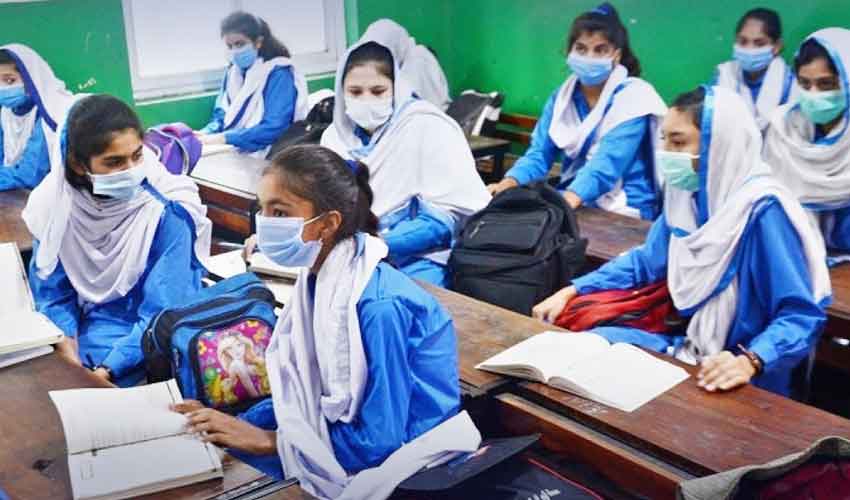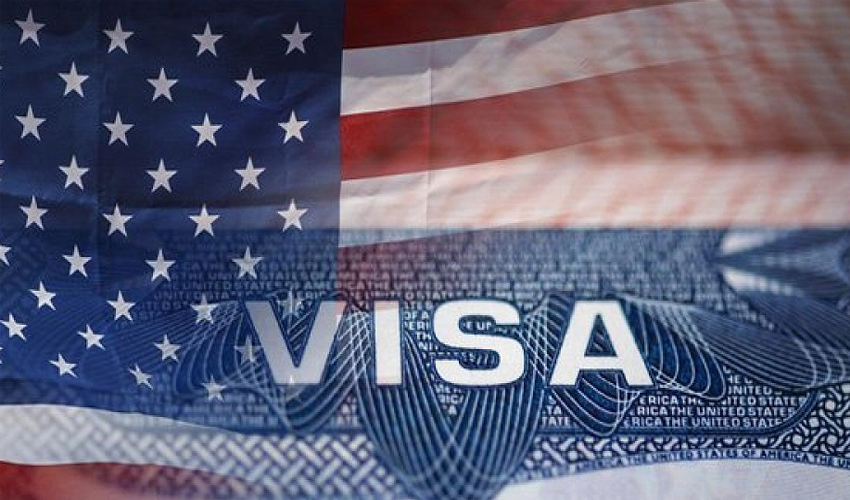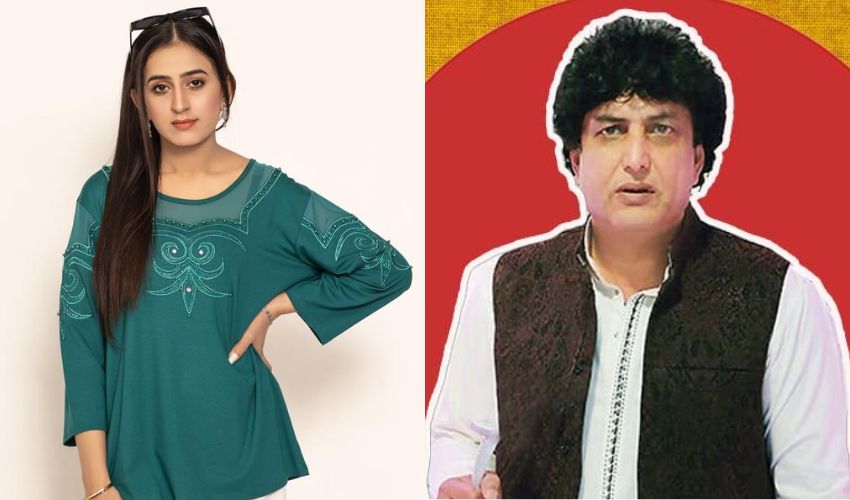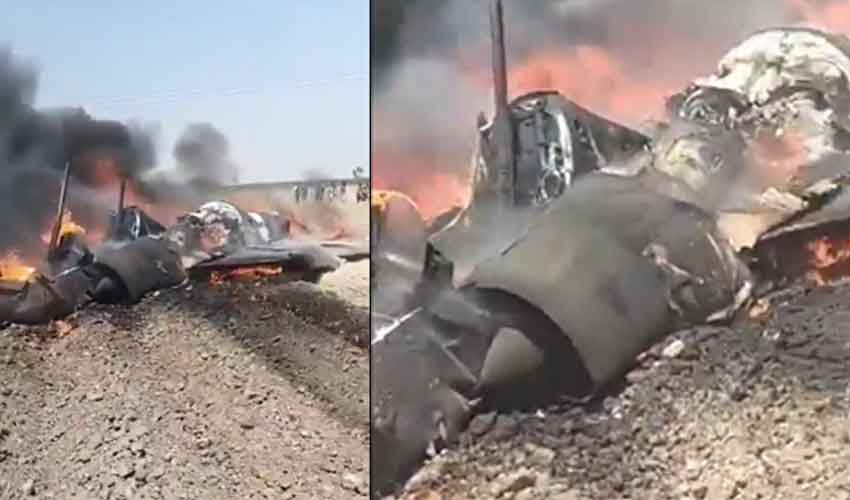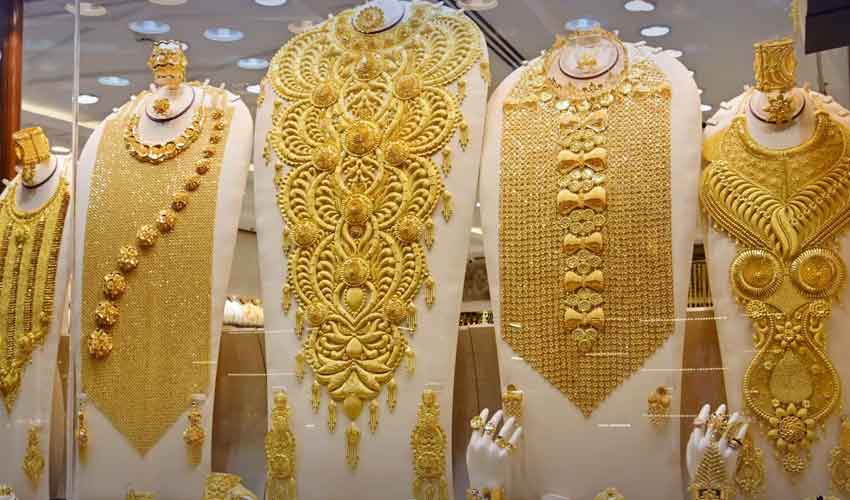The nation is gearing up for the upcoming general elections, and political fervor has taken center stage from Karachi to Khyber. The key battleground for the next government lies in Punjab, where the party securing the most victories in this crucial province is likely to wield significant national influence.
Amidst the political hustle, the Pakistan Muslim League-Nawaz (PML-N) has emerged with a robust campaign strategy, setting the stage for a fierce competition against its primary rival, the Pakistan Peoples’ Party (PPP). Independent candidates are also entering the fray, adding an element of unpredictability to the electoral landscape.
As the political arena buzzes with activity in Punjab, Lahore, its capital, becomes a focal point, witnessing intense battles among candidates from various parties. The Pakistan Tehreek-e-Insaaf-backed independent candidates are actively engaged in the political melee. The spotlight is currently on the 14 constituencies of Lahore, stretching from NA-117 in Shahdara to NA-130, concluding at Bati Chowk. Each contender is vying to secure a seat in the National Assembly.
A prominent figure in this political spectacle is Mian Muhammad Nawaz Sharif of the PML-N. His contest in NA-130, the final constituency in Lahore, against Dr. Yasmin Rashid, an independent candidate supported by the PTI, has garnered significant attention. Dr. Rashid has previously faced defeats in the same constituency, adding an intriguing layer to the electoral dynamics.
From 2013 to 2023, Dr. Yasmeen Rashid has been a three-time contender in this constituency, facing defeat on each occasion. Currently incarcerated for the past eight months due to involvement in the May 9 violent incidents, Dr. Rashid’s political journey unfolds in an area primarily dominated by urban settings, constituting three-fourths of the region, with a rural segment extending from the River Ravi to the borders of Gulshan Ravi, marking the beginning of National Assembly Constituency NA-129.
This constituency holds significant historical weight in Nawaz Sharif’s political career, dating back to the 90s. Formerly known as NA-120, it underwent a complete transformation after the 2002 elections, with Pervez Malik representing it at that time. In 2008, rebranded as NA-125, Nawaz Sharif’s family member Aziz Bilal Yasin secured a victory, leading to Nawaz Sharif’s return to political prominence. Subsequently, Kulsoom Nawaz Sharif, in 2013, triumphed over Dr. Yasmin Rashid after Nawaz Sharif’s disqualification.
In the 2018 elections, Dr. Yasmin Rashid, again representing PTI, faced tough competition from PML-N’s candidate, Malik Waheed, resulting in a victory for the latter. Despite Dr. Rashid’s three attempts in this constituency, victory has eluded her.
Nawaz Sharif’s recent return, having been acquitted of all charges after four years of treatment in London, positions him as a formidable contender. Anticipated to easily secure the constituency, Nawaz Sharif’s potential return to the prime ministership appears imminent.
NA-130 is a constituency for the National Assembly of Pakistan that comprises areas in the Lahore City of Punjab province. It was created in 2018 after the delimitation of constituencies, replacing the former NA-125 (Lahore-III) constituency. The constituency has been a stronghold of the Pakistan Muslim League (N) (PML-N) since 1990, when Nawaz Sharif won the seat for the first time. Sharif retained the seat in 1993, 1997, and 2013, while his party candidates won the seat in 2002 and 2008.
In 2017, Sharif was disqualified by the Supreme Court of Pakistan in the Panama Papers case, and a by-election was held in the constituency, which was won by his wife Kulsoom Nawaz. However, she died of cancer in 2018, and another by-election was held in the newly formed NA-130 constituency, which was won by the Pakistan PTI candidate Yasmin Rashid. Rashid is a gynaecologist and a senior leader of the PTI, who had previously contested against Sharif in 2013 and lost by a narrow margin.
The 2024 general election is expected to be a close contest between the PML-N and the PTI in NA-130, as both parties have strong support bases and popular candidates. The PML-N has nominated Nawaz Sharif as its candidate, hoping to regain the seat that he has held for most of his political career.
Based on the previous election results, the PML-N seems to have an upper hand in NA-130, as it has won the seat six times out of seven since 1990 and has a loyal and sizable vote bank in the constituency. However, the PTI cannot be underestimated, as it has emerged as a major challenger to the PML-N in Punjab and won the seat in the last by-election in 2018. The PTI also claims to have the support of the youth, the urban middle class, and the educated segments of society who are dissatisfied with the status quo and corruption. Therefore, the 2024 general election in NA-130 will be a close and competitive contest, which will reflect the political dynamics and trends of the country.
The constituency has been a stronghold of the Pakistan Muslim League (N) (PML-N) since 1990, when Nawaz Sharif won the seat for the first time. Sharif retained the seat in 1993, 1997, and 2013, while his party candidates won the seat in 2002 and 2008.
Here are the results of the elections held in NA-130 Lahore from 2002 to 2018, along with the winning candidates and voter turnout:
Election results from 2002 to 2018 indicate the PML-N’s dominance, with the PTI gaining ground in recent years. In 2018, PML-N’s Waheed Alam Khan secured victory with 122,327 votes (48.88%), while Yasmin Rashid secured victory with 105,857 votes (42.30%). Voter turnout in 2018 was 52.38%.
The 2024 general election in NA-130 is poised to be a closely contested battle between PML-N’s Nawaz Sharif and PTI’s Yasmin Rashid. Sharif, a seasoned politician, faces challenges due to legal issues and health concerns, residing in London since 2019. Rashid, a prominent PTI figure, has served as Punjab’s health minister and championed healthcare reforms. The outcome will hinge on factors such as government performance, candidates’ popularity, and voter preferences, reflecting broader political trends in the country.





